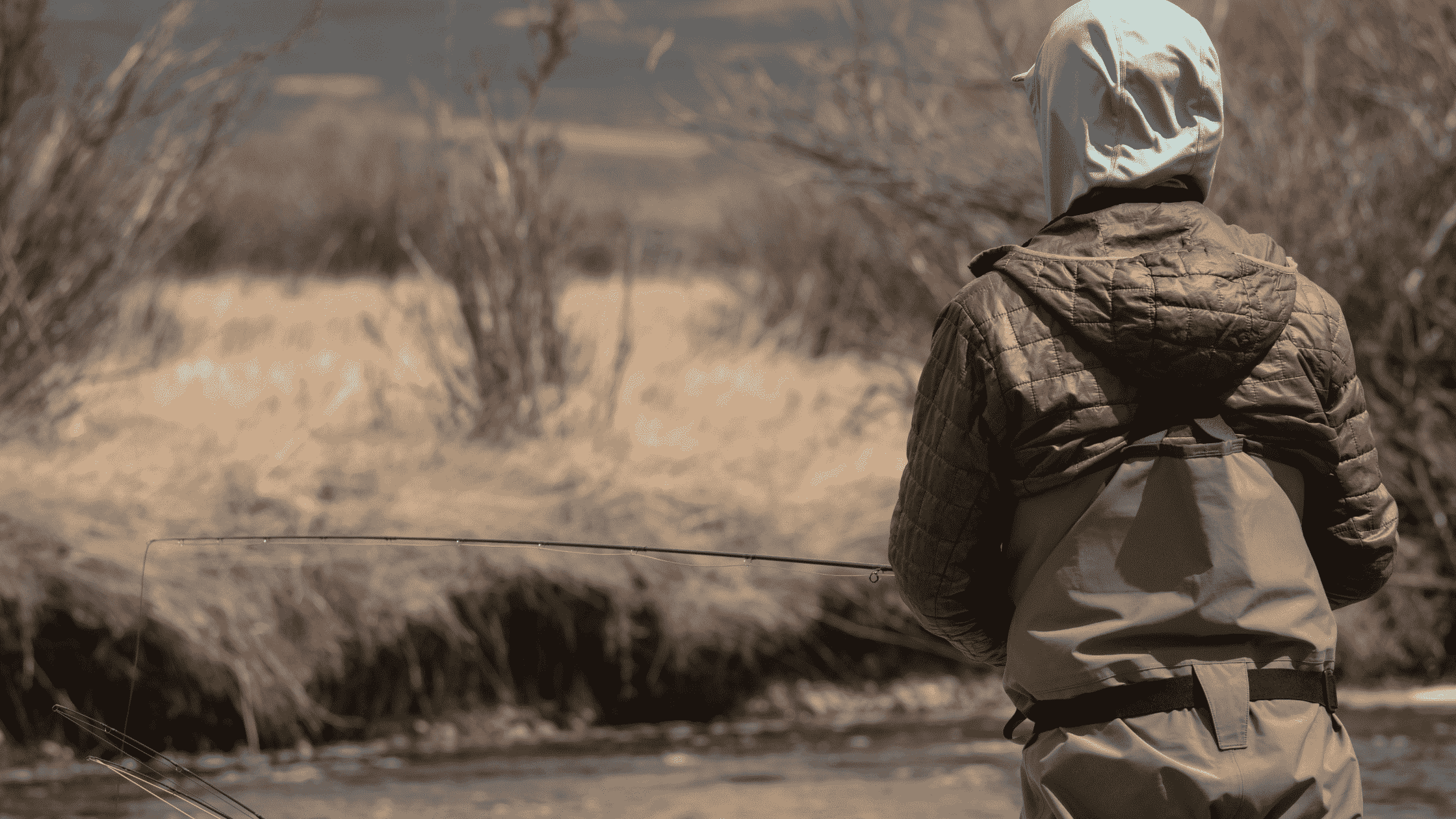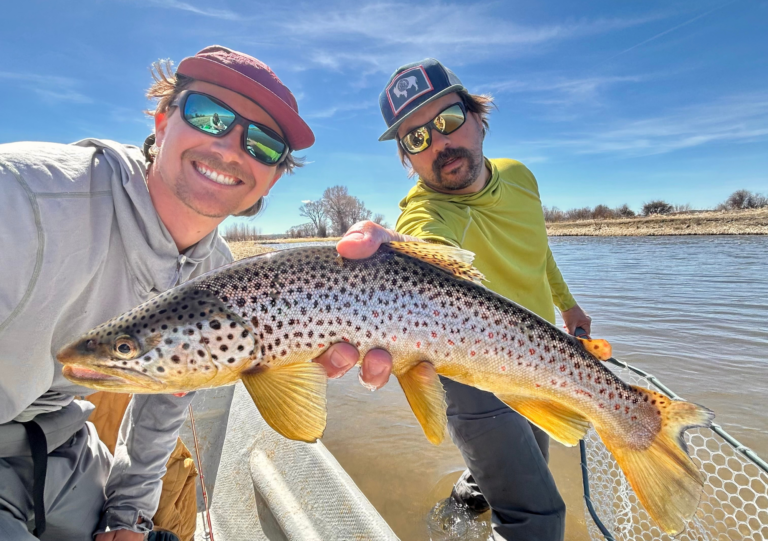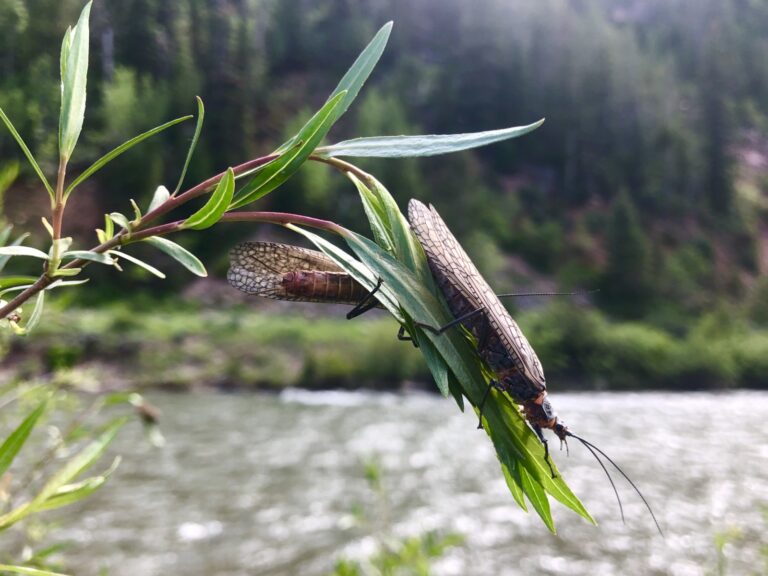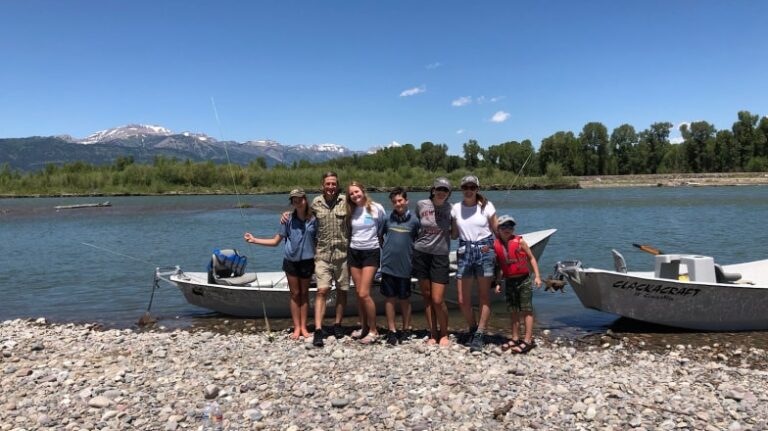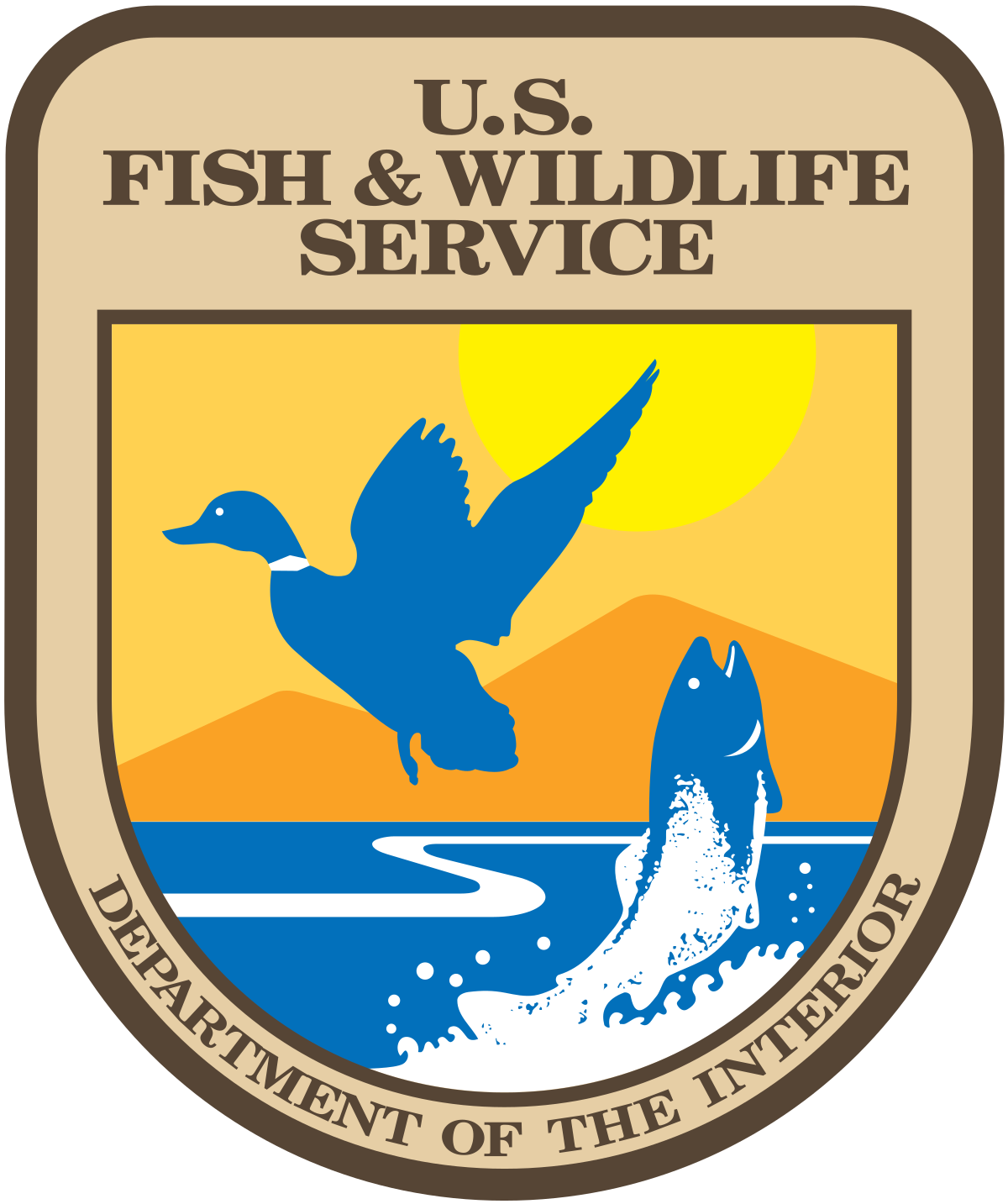Water is the angler’s canvas, a constantly changing landscape that holds the key to fishing success. Understanding how to read the water is not just a skill; it’s the essence of the sport. Whether you’re a beginner or a seasoned pro, in this blog, we’ll delve into the essentials of water reading to enhance your fishing game. From deciphering currents and clarity to the influence of temperature and bottom structure, let’s unlock the secrets of the water together, giving you the tools to make each cast count. Get ready to dive in and gain a deeper connection with the underwater world – because reading the water isn’t just a skill; it’s a game-changer for any angler.
Types of Water
Reading the water is the foundation skill that every fly angler should develop. It involves deciphering the river’s language, understanding its nuances, and identifying the likely places where fish hold. Here are the various types of water:
- Currents and Eddies: Start by observing the speed and direction of the current. Look for slower-moving water, known as eddies, behind rocks and other obstructions. Trout often position themselves in these areas to conserve energy while waiting for food to pass by.
- Structure and Cover: Pay attention to underwater structure such as rocks, logs, and submerged vegetation. These features provide cover for fish and create areas where insects and other aquatic life thrive, often attracting hungry trout.
- Current Seams: Current seams are the transitional zones between fast- and slow-moving water. Fish frequently position themselves along these seams, where they have easy access to food while conserving energy in slower water.
- Depth Changes: Varied depths create diverse habitats. Look for transitions from shallow to deep water, as these can be prime locations for feeding fish. Drop-offs, channels, and underwater ledges can be productive spots.
- Riffles, Runs, and Pools: Understand the characteristics of different water types. Riffles are shallow, fast-moving sections that oxygenate the water. Runs are moderately paced stretches and pools are deeper, slower-moving areas. Each type offers a different benefit to the trout.
How Weather Conditions Affect Water
Weather conditions pay a significant role in influencing fish behavior and your approach to fly fishing. Understanding these impacts will help you adapt your fishing strategy for a more successful outing.
- Temperature Fluctuations: Fish are unique because their temperature is regulated by the surrounding environment. Extreme cold or extreme heat both have negative effects on fish and their feeding habits. Trout prefer water temperature around 55 to 60 degrees.
- Wind Patterns: Wind can affect the movement of insects on the water, which can subsequently affect how fish feed. On windy days, try to observe if the wind is blowing insects into certain parts of the water or try to find a cover spot out of the wind.
- Barometric Pressure: Changes in barometric pressure can impact fish feeding behavior. Low-pressure systems often stimulate fish activity, whereas high-pressure systems may lead to less active fish.
- Cloud Cover and Light conditions: cloudy days can provide excellent fishing opportunities because reduced light levels make it slightly harder for fish to see. Trout may venture into shallower water on overcast days.
Different Situations for Reading Water
Each fly-fishing outing is going to be different. It is important to adjust your fishing strategy as needed. Here are some common scenarios and tips to improve your effectiveness:
-
- Spring Runoff: During spring runoff, the rivers are filled with melting snow, creating high water levels and low visibility. Fish seek refuge in slower-moving water near banks and eddies. Use larger flies that are more visible and even have a pop of color to help trout find your fly.
- Low Water Conditions: When the water begins to drop in the fall, fish become more skittish, and their holding areas shrink. Approach cautiously, wear muted clothing, and use longer leaders with smaller flies. Concentrate on deeper pools and shaded areas where fish can find refuge from the heightened visibility.
- Hatches and Rising Fish: Observe insect hatches and look for telltale signs of rising fish, such as circular ripples or subtle disturbances on the water’s surface. Match the hatch by selecting a fly that mimics the emerging bugs. Don’t forget to check out our fly fishing hatch guide for the Snake River before you go!
- Spawning Season: During spawning season, trout move to specific areas to reproduce. Be mindful of these spawning areas and avoid disturbing these fish. Respect seasonal closures and practice ethical angling to preserve the health of the population.
Reading trout water takes time and patience! Remember to observe the water, consider weather patterns, and be prepared for the various situations you may encounter. These skills are paramount to a successful fishing trip. So, grab your rod, venture into the beauty of the riverbanks and let the dance of line and water lead you to unforgettable memories. Join us on a Jackson Hole fly fishing trip and let our experts help lead the way.

